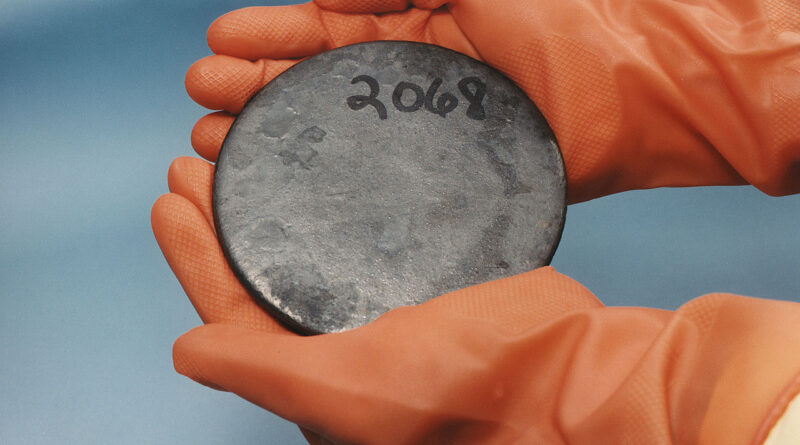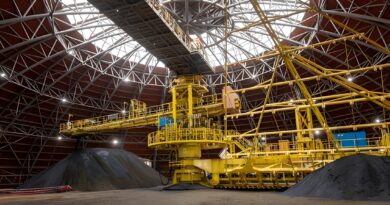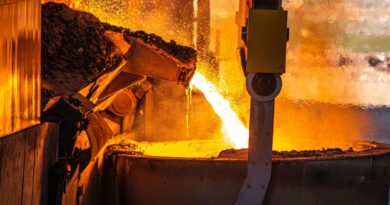Small modular reactors are reshaping uranium demand
In 2025, there have been at least 6 major approvals or construction starts for small modular reactors (SMRs) globally — a record number. For years, SMRs have been treated as nuclear’s “next big thing” that never actually delivers. But now, projects across the US, Canada, the UK, China and Middle East, are no longer just designs on paper, they’re being green-lit, permitted and, in some case, built.
And, the potential for small nuclear reactor modules to be deployed quickly from the assembly line would have a significant impact on uranium demand.
What are SMRs and why do they matter for uranium?
Firstly, what are SMRs? These small, modular reactors are an advanced generation of reactors designed to deliver between 5-300 MWe per module (in comparison to more than 1,000 MWe for conventional size reactors).
The idea is not new, with all US submarines now powered by nuclear reactors, as well as 10 nuclear powered Nimitz Class aircraft carriers.
But, the potential application for baseload energy is new, with advantages over larger sized nuclear reactors including:
- modular construction: factory fabrication reduces on-site complexity, cost overruns, and build time
- smaller footprint: SMRs can be built on compact sites, including former coal plants or military bases
- deployment flexibility: units can be scaled in stages (1–12+ modules), tailored to grid needs
- assembly line: one of the major issues with large-scale reactor design is that, once a fleet has been built, they are built much less frequently, and so the expertise required retires — but a smaller assembly line of reactors promises to fix that
- passive safety systems: designs like GE Hitachi’s BWRX‑300 or NuScale’s VOYGR rely on gravity, convection, and natural circulation, minimizing operator intervention
For example, 300 SMRs generate enough electricity to power 68 million homes (half the homes in the US), with the equivalent carbon emissions avoided of 100 million cars off the road (97% of all passenger vehicles on the road annually in the US)
Although smaller in size, many SMR designs require similar or even higher uranium input per megawatt compared to conventional reactors due to higher enrichment levels or compact core designs.
SMRs are not intended to replace large reactors, but to open nuclear markets where traditional builds are unviable. That includes:
- regions, like the US, UK, and EU, where permitting and approvals for larger reactors can take decades
- remote regions with weak grids
- coal-replacement sites, industrial parks, and desalination plants
- export markets with lower capital capacity
If even a fraction of proposed SMR fleets are built, let’s say, 100–200 units globally by 2040, that would translate into an estimated 20,000–40,000 tonnes of uranium demand annually, or up to 50% of current global production.
Construction of ~100–200 SMRs globally by 2040 would add ~30–90 GWe of capacity. Using an average consumption rate of ~200–300 tU per 300 MWe unit, this scales to approximately 20,000–40,000 tU/year, or approx 30–60% of current annual demand (~65,000 tU/yr).




